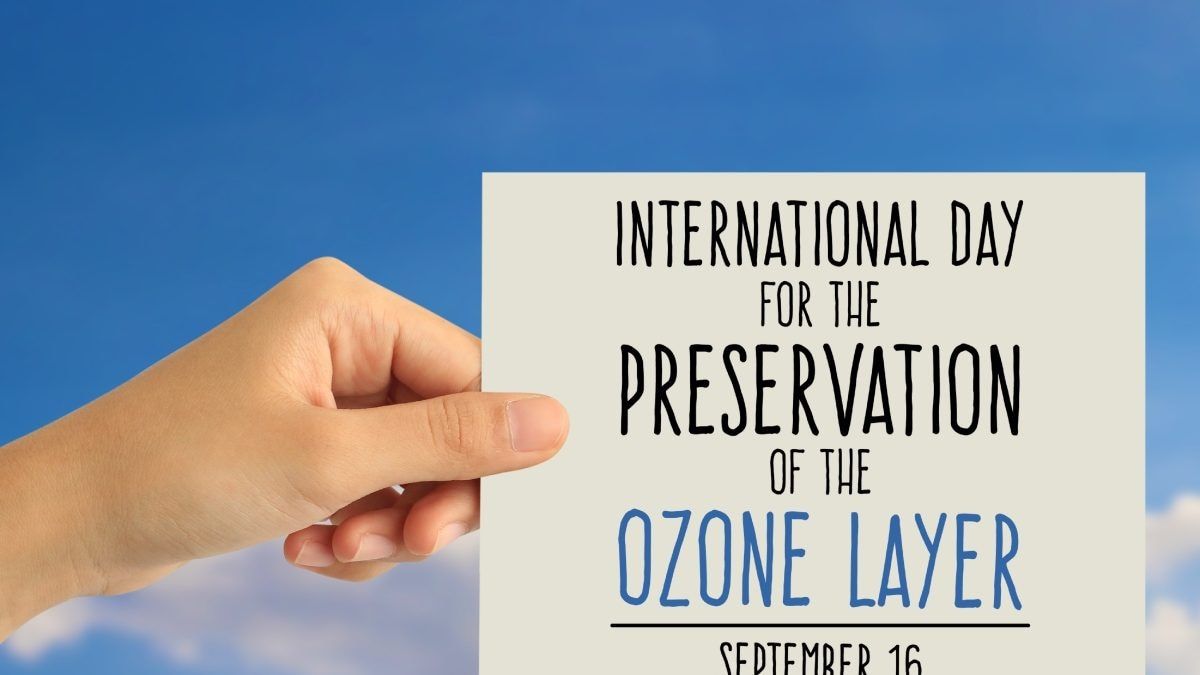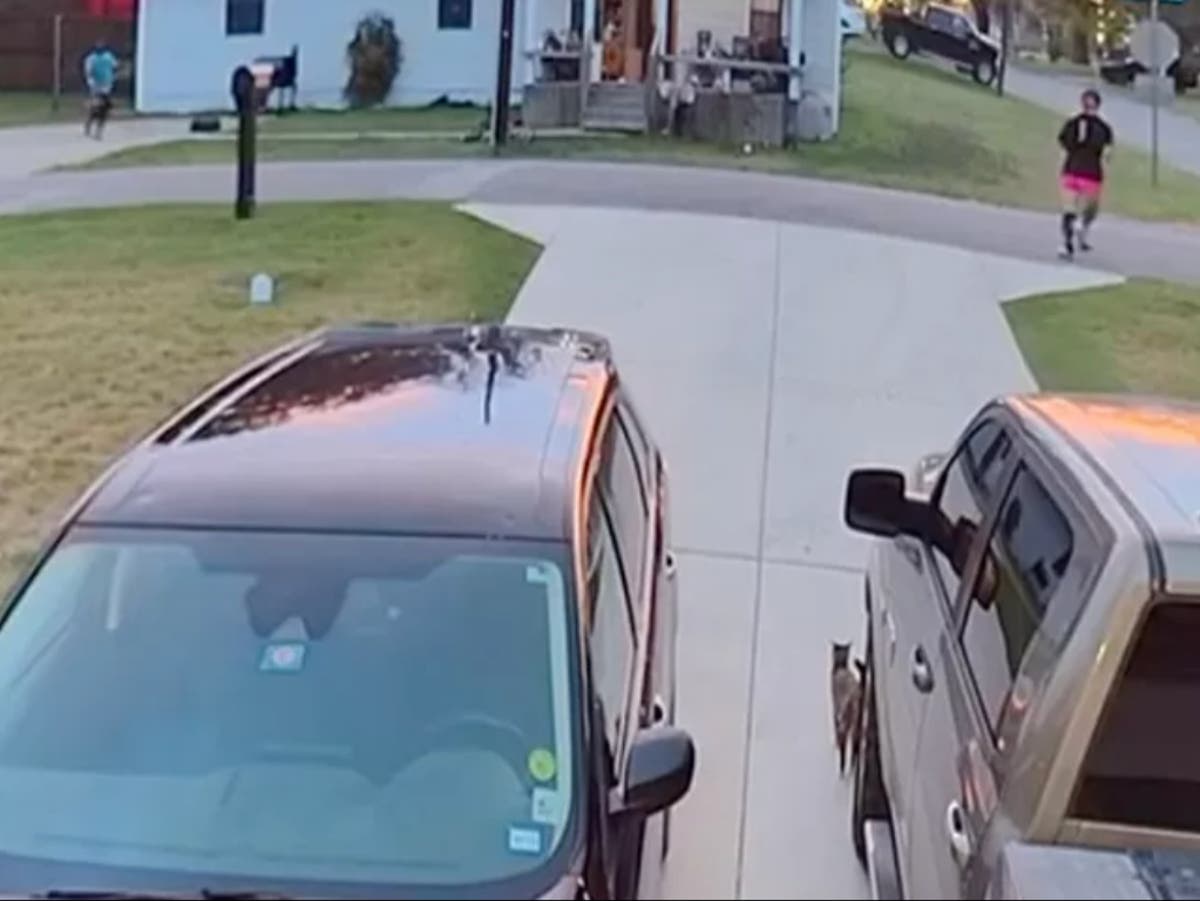Posted by:
Last update:
The theme for this year's World Ozone Day is the Montreal Protocol: Advancing Climate Action. (Image: Shutterstock)
The ozone layer is an area of the Earth's stratosphere with a high concentration of ozone molecules (O3). It protects life on Earth by absorbing most of the sun's harmful ultraviolet (UV) radiation.
World Ozone Day, celebrated on 16 September each year, aims to raise awareness of the importance of the ozone layer in protecting life on Earth. In recent years, the ozone layer has been significantly reduced, so this day is commemorated every year to raise awareness of the importance of this issue and to raise awareness of the measures that have been taken to preserve it.
World Ozone Day: History
The United Nations General Assembly established World Ozone Day in 1994 to celebrate the signing of the Montreal Protocol on Substances that Deplete the Ozone Layer. The Montreal Protocol, agreed upon on 16 September 1987, is an international pact designed to phase out the production and consumption of ozone-depleting substances (ODS).
Although the Montreal Protocol aimed to phase out the manufacture and consumption of ODS, some substitutes for these compounds, known as hydrofluorocarbons (HFCs), were still considered harmful.
The Kigali Amendment to the Montreal Protocol was therefore later made legally enforceable and entered into force on 1 January 2019. The amendment proposes to phase out hydrofluorocarbons (HFCs) by the end of the 2040s.
World Ozone Day 2024: Theme
This year’s theme is “Montreal Protocol: Advancing Climate Action.” The goal is not only to celebrate achievements, but also to look ahead to deeper and faster action under the Montreal Protocol in the future.
World Ozone Day: Importance
The ozone layer is an area of the Earth's stratosphere with a high concentration of ozone molecules (O3). It protects life on Earth by absorbing most of the sun's harmful ultraviolet (UV) radiation. Depletion of the ozone layer can result in the Earth's surface receiving increasing amounts of UV radiation, which can be harmful to human health, ecosystems and the environment. World Ozone Day is a reminder of the need to protect the ozone layer for present and future generations.
World Ozone Day: Facts
- Although ozone makes up only a small portion of our atmosphere, its existence is essential for human health.
- Most ozone is found in the upper atmosphere, between 10 and 40 km above the Earth's surface. This region is known as the stratosphere and contains about 90% of all ozone in the atmosphere.
- Ozone absorbs some of the sun's biologically dangerous ultraviolet light. Because of its beneficial function, stratospheric ozone is considered “good” ozone.
- The phenomenon of ozone loss over Antarctica became known as the “ozone hole” after the results of a study by the British Antarctic Survey were published in May 1985. The phrase was first attributed to Nobel Prize winner Sherwood Rowland.
World Ozone Day: Quotes
- “We must continue to work together to protect the ozone layer and reduce climate change. The future of our planet depends on it.” – Leonardo DiCaprio
- “We will not have a society if we destroy the environment.” – Margaret Mead
- “The Earth does not belong to us: we belong to the Earth.” – Marlee Matlin
- “The Montreal Protocol is one of the most successful environmental treaties ever negotiated. It has helped protect the ozone layer and is now helping to reduce climate change.” – Michael Oppenheimer
- “The ozone layer is a vital part of our planet’s atmosphere and protects us from harmful ultraviolet radiation. We must do everything we can to protect it.” – UN Secretary-General António Guterres
- “Climate change and ozone layer destruction are two different global problems but they have many connections. In the case of ozone layer destruction, we were able to work with decision makers effectively to achieve an international agreement called the Montreal Protocol that essentially solved the problem of ozone layer destruction” — Mario J. Molina
- “Global warming is as much a scientific fact as the hole in the ozone layer or the Earth’s orbit around the Sun” — Johan Rockstrom
- “The ozone layer is breaking down more and more every year, that’s a fact. That being said, we need to be more aware of the sun and what it can do to our skin” — Bill Cowher.












